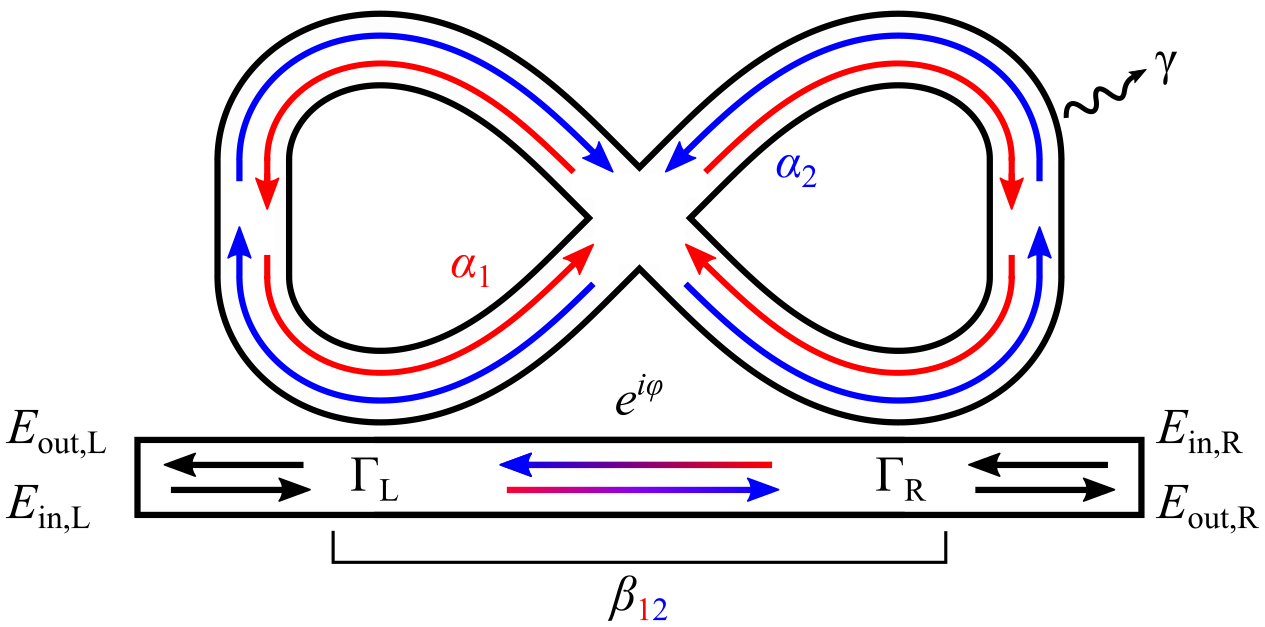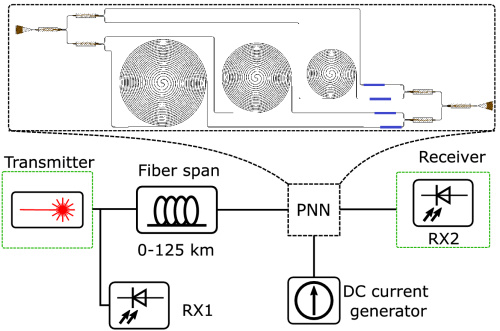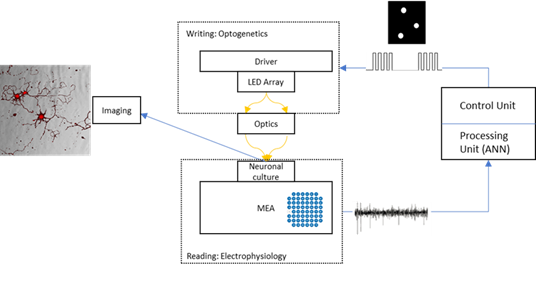
NEUROPULS Neuromorphic energy-efficient secure accelerators based on phase change materials augmented silicon photonics
Dr. Fabio Pavanello, Researcher CNRS at the Institut de Microélectronique Electromagnétisme Photonique et Laboratoire d'Hyperfréquences et de Caractérisation (IMEP-LaHC) in Grenoble, France
Abstract:
Neuromorphic energy-efficient secure accelerators based on phase change materials augmented silicon photonics" In this talk I will discuss the goals and objectives of the recently funded Horizon Europe project NEUROPULS. First, I will introduce the current challenges in edge-computing and security that the project is aiming to tackle, then I will present the proposed strategy based on a highly multi-disciplinary approach covering the entire supply chain from emerging materials and fabrication platforms to prototypes and high-level simulation platforms. Finally, I will illustrate our method to benchmark the performance of the developed accelerator based on three use-cases in autonomous driving, anomaly detection, and GNSS positioning.
Participation is open to all , we look forward to seeing you there!
The infinity-loop microresonator: A new integrated photonic structure working on an exceptional surface

DOI: 10.1063/5.0146639
Equalization of a 10 Gbps IMDD signal by a small silicon photonics time delayed neural network

DOI: 10.1364/PRJ.483356
We are happy to welcome our new Post-Doc Alessio Lugnan who was granted the Postdoctoral Fellowships in the MSCA - Marie Skłodowska-Curie actions with the project ARIADNE-Artificial intelligence enabled by automatic dynamic exploration of integrated photonic spiking neural networks.
An integrated setup for in-vitro optogenetic experiments using AI to localize stimulation
I. Auslender, Y. Heydari, C. Zaccaria, A. Malkoç, B. Vignoli and L. Pavesi

![]()
Proc. SPIE 12366, Optogenetics and Optical Manipulation, 14 March 2023
URL: https://doi.org/10.1117/12.2651569



